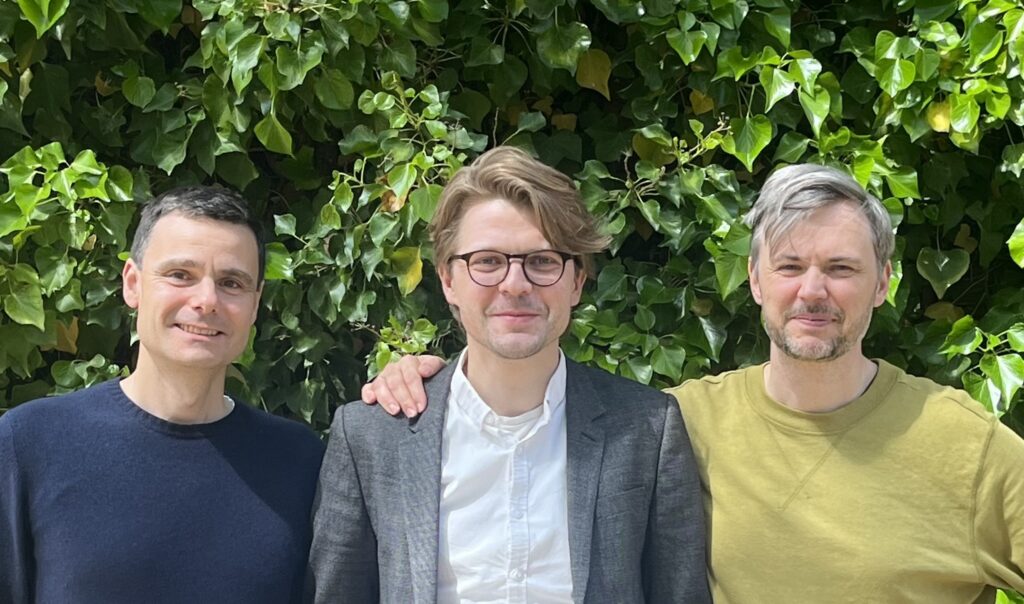
Award won:
- Paul Lazarsfeld Best Paper Award for “the best paper on political communication presented at the previous year’s APSA annual meeting or Political Communication pre-conference”.
Name(s) & affiliation:
- Rune Slothuus, Aarhus University
- Rasmus Skytte, Aarhus University
- Martin Bisgaard, Aarhus University
Project title:
- ”Party Cues Change How Citizens Understand Policy”
Publication reference, link (APA 7th):
- Interested readers can contact any of the authors to get the latest version of this research.
Tell us something about you/your team and how and why you decided to focus on this research
- One of the most influential types of political communication are “party cues,” signals about which political party endorses or opposes a public policy. Many studies show that party cues move citizens’ policy opinions. But we wondered if party cues also convey substantive policy information that citizens can use to make sense of the policy itself.
In 280 characters or less, summarize the main takeaway of your project.
- We find that citizens do use party cues to make sense of policy substance. This occurs because citizens draw on their knowledge about parties’ policy reputations: what the party generally stands for and whom it represents. Depending on the policy reputation of the party sponsor, citizens make distinct inferences about what a policy entails.
What made this project a “polcomm project”?
- Cues and endorsements are ubiquitous in political news and debates. To anyone who cares about how political communication shapes – and possibly encourages – citizens’ reasoning about policy substance, it is important to know that party cues not only evoke partisan sentiments or mobilize citizens to express allegience to their party’s policies. Rather, party cues also work as a rich information source citizens can use to make sense of policy issues.
What, if anything, would you do differently, if you were to start this project again?
- We are intrigued by the open-ended responses in our surveys. They are a promising way to study how citizens reason about the political communications they receive. And new text-as-data methods offer new opportunities to analyze such responses. It is challenging, though, in to get respondents to write about their thoughts online surveys. In subsequent work, we will try different ways to better gauge citizens reasoning with open-ended responses.
What other research do you currently see being done in this field and what would you like to see more of in the future?
- We would like to see more attempts to bridge levels of analysis to understand how citizens’ political behavior interacts with the structure of political institutions and information environments.
What’s next?
- This paper is part of a larger project (funded by a European Research Council Consolidator Grant to Rune Slothuus) where we study how citizens use political parties to reason about politics. In this project, we work with other colleagues, including Love Christensen, Nic Dias and Davide Morisi, to test how citizens’ policy inferences affect their opinion formation and how citizens respond to more complex information environments, such as when multiple and competing cues are present.
Awardee Interview: Paul Lazarsfeld Best Paper Award (2023)
